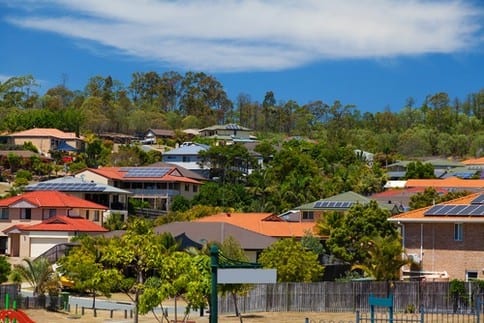New South Wales’ pricing authority has called for submissions from industry and consumer groups as it prepares its review of options for the state’s almost 150,000 solar homes as they come off the premium feed-in tariff at the end of 2016.
The Independent Pricing and Regulatory Tribunal (IPART) said on Thursday it was seeking feedback from retailers, alternative energy sellers, the solar industry, consumer groups and other interested stakeholders as it prepares to advise customers on the retail offers and technology available for Solar Bonus Scheme customers.

In particular, IPART hopes to hear from the solar industry and electricity retailers on different tariff structures being offered to solar customers, the types of electricity meters available and any storage or other products that could help manage electricity use and bills.
The review, requested by the NSW government, is open to submissions until October 27, and IPART is due to report to the state energy minister by the end of November.
Currently, 146,000 NSW households remain signed up to the subsidised feed-in tariff – either 20 or 60 cents per kWh – that was offered under the state’s highly successful Solar Bonus Scheme.
The closure of the scheme, set for December 31 2016, has prompted much speculation and concern – as well as advice – about the effect it will have, as customers go from getting as much as 60c/kWh for their solar exports to as little as 5.5c/kWh, the lower end of the current benchmark range recommended for retailers.
Many in the battery storage industry believe the end of premium solar tariffs – not just in NSW but in Victoria, too – will mark the beginning of a boom for their technologies, as well as energy management and metering technologies, and potentially a re-boot of the solar market, as customers up-size their existing systems.
Retailers, meanwhile, are watching closely and looking for ways to keep customers happy, and prevent a potential mass exodus from the grid.
“We are looking at the different types of energy meters and whether the services they offer such as in-home displays and data analytics can help home owners manage their electricity consumption and bills,” said IPART chair Dr Boxall in a statement on Thursday.
“Our report … will include information on how the changes to metering arrangements, tariffs and new technologies such as battery storage will affect customers transitioning to voluntary feed-in tariffs once the Solar Bonus Scheme ends,” he said.
A copy of the Terms of Reference for the review is available at www.ipart.nsw.gov.au.








